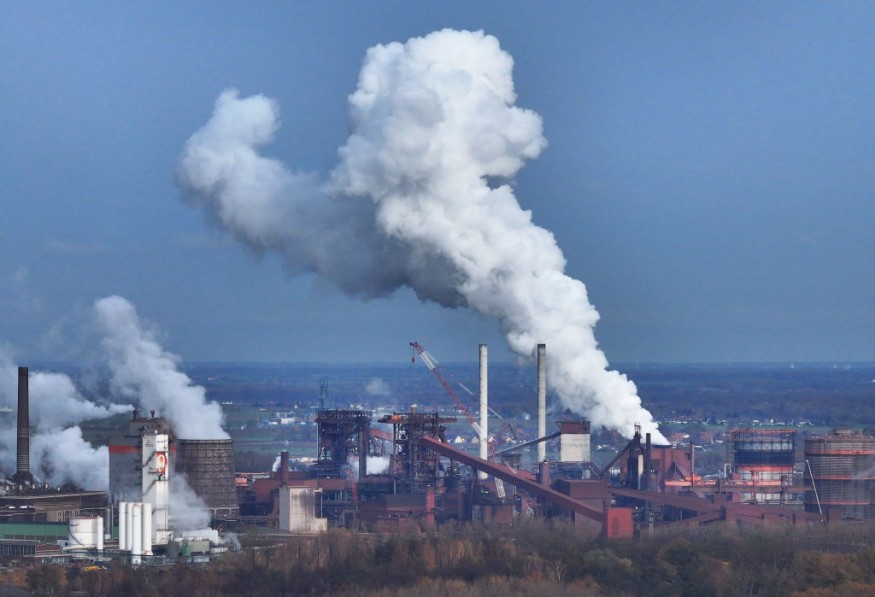
More than 500,000 people in the European Union perished from health conditions directly attributable to exposure to harmful pollutants in 2021, as concentrations remained significantly beyond internationally recognized safe levels.
Harmful Substance In The Air
European Environment Agency researchers linked 253,000 premature deaths to PM2.5 concentrations that exceeded the World Health Organization's maximum recommendation limit of 5g/m3.
Concentrations of nitrogen dioxide above the WHO's guideline level of 10 g/m3, primarily emitted by cars and trucks as a byproduct of fossil fuel combustion, were responsible for approximately 69,000 deaths, while concentrations of ozone above 70 g/m3, a gas that forms above the Earth's surface and is considered extremely hazardous to human health, killed another 27,000 people.
For the first time, the EEA calculated the total disease burden caused by air pollution.
"The figures released today by the EEA remind us that air pollution is still the number one environmental health problem in the EU," said Virginijus Sinkevičius, the EU's environment commissioner.
In addition to looking at actual mortality tolls, the researchers also calculated how many additional years the population would be exposed to diseases caused by poor air quality.
The extra step had little effect on several health issues, such as lung cancer and ischemic heart disease. However, for others, such as asthma, it revealed substantial levels of suffering that had previously gone undetected in death data.
The EEA calculated that chronic obstructive lung illness caused by PM2.5 pollution had cost the EU around 150,000 years of life and the same number of years of incapacity.
Read Also : Halloween Throwback: Deadly Smog Killed Multiple People and Animals in a Western Pennsylvania Town
WHO Guidelines
Doctors said air pollution is one of the world's leading causes of death, but if countries clean up their economies, the death toll will drop dramatically.
Between 2005 and 2021, the number of PM2.5-related deaths in the EU declined by 41%, with the EU aiming to reach 55% by the end of the decade.
Following research indicating that fine particulate matter is more dangerous than previously thought, causing 8.7 million deaths per year-nearly 20% of global deaths-the WHO issued new stringent guidelines in September 2021, halving the new acceptable limit for PM2.5 and lowering it by 75% for nitrogen dioxide.
According to the UN organization, if the entire globe reduced its air pollution levels to the new limits, approximately 80% of worldwide air pollution-related deaths could be avoided.
Nonetheless, a survey of pollution data in 6,375 locations throughout the world done immediately after WHO released the new standards found that only 3.4% of the cities studied fulfilled the criteria in 2021, with as many as 93 cities experiencing PM2.5 levels that were 10 times the acceptable level.
Earlier this year, a new study indicated that practically everywhere in the world, air pollution levels surpass WHO acceptable norms, with only 0.18% of the global land area and 0.001% of the world's population receiving annual exposure to PM2.5 below the safe threshold of 5 g/m3.
"The positive news is that authorities at European, national and local levels are taking action to reduce emissions through measures like promoting public transport or cycling in city centres, and through updated legislation," said Leena Ylä-Mononen, the executive director of the EEA.
Related Article : Europe Air Pollution: Toxic Air Killed Over 500,000, European Environment Agency Says
© 2025 NatureWorldNews.com All rights reserved. Do not reproduce without permission.




